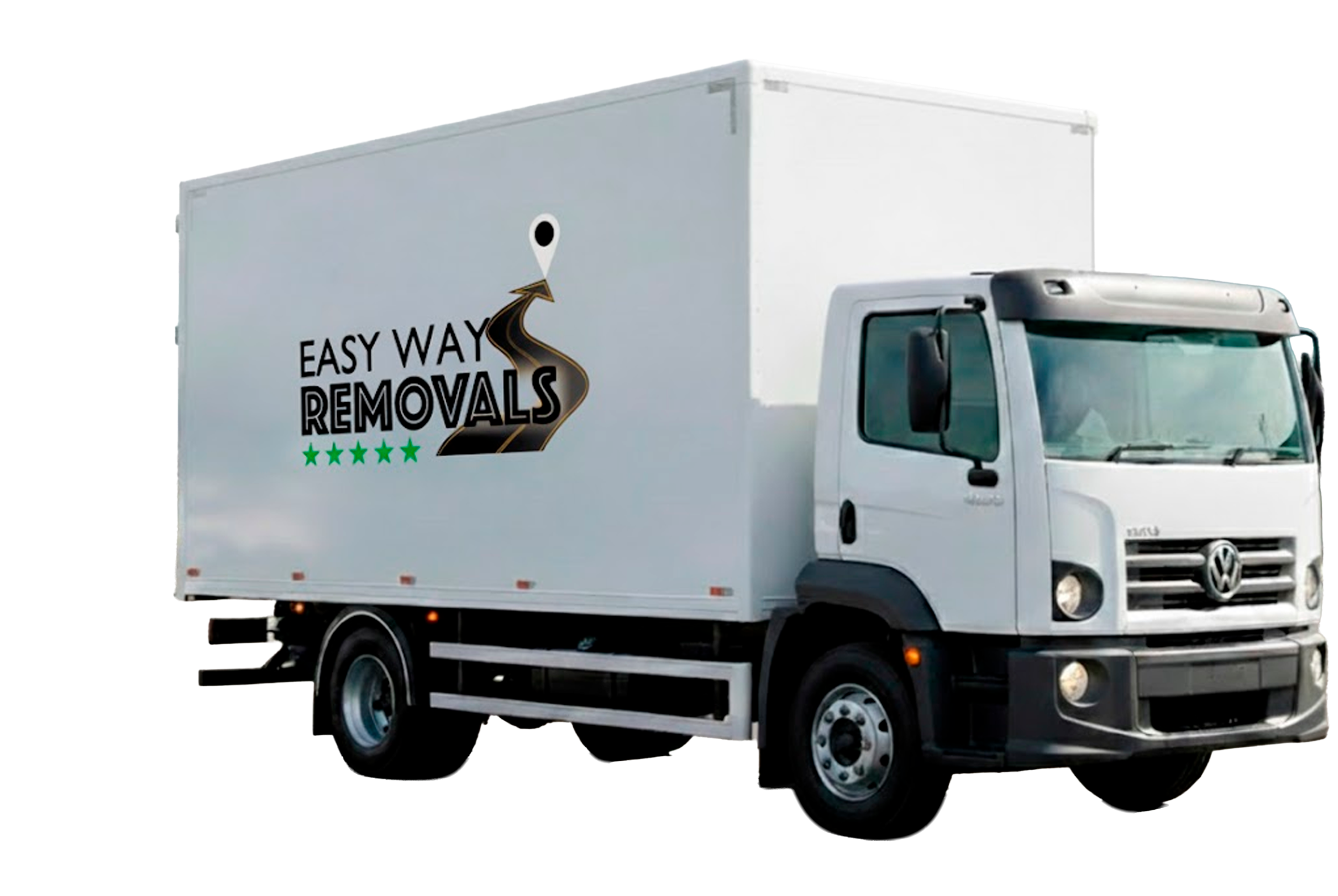You’re moving soon, and the clock is ticking. The boxes aren’t ready, and it feels like there’s too much to handle. Don’t panic! Packing doesn’t have to be a nightmare.
With the right tricks, you can pack quickly, stay organised, and avoid stress.
Let’s jump into the fastest and easiest tips and tricks on how to pack for shifting house.
Here’s a checklist for you.
|

Proper packing not only protects your belongings but also makes the unpacking process much easier. A well-organised packing strategy can save you time, energy, and potential headaches.
So, without further delay, let’s move on to the key topic of how to start packing for moving house.
Write down everything you need to pack. Go room by room.
✅Mark items you use daily (keep them aside for last).
✅Highlight fragile or valuable items.
| Example Checklist | ||||
| Room | Essentials | Fragile Items | Heavy Items | Donate/Sell/Discard |
| Kitchen | Pots, cutlery, food | Glassware, dishes | Appliances | Old pans |
| Bedroom | Clothes, pillows | Picture frames | Mattress, furniture | Old clothes |
You can donate your unused furniture and household items to charities like Furnishing Futures or The British Heart Foundation. If you have clothes to give away, iCollect can pick them up straight from your home.
Make sure you have all the right materials.
| Item | Purpose | Examples |
| Boxes (small, large) | For general items | Cardboard, plastic bins |
| Bubble wrap | To protect fragile items | Glassware, picture frames |
| Packing tape | To secure boxes | Heavy-duty tape |
| Labels or markers | To mark boxes by room | “Bedroom,” “Fragile,” “Kitchen” |
| Cushioning material | To fill empty spaces in boxes | Old clothes, foam peanuts, paper |
Get rid of things you don’t need. This saves money and space.
✅Donate clothes, books, or toys.
✅Sell old furniture or appliances.
✅Throw away broken or expired items.
✅Use bubble wrap for plates and glasses.
✅Pack small appliances in their original boxes (if possible).
✅Tape shut bottles with liquids to avoid leaks.
✅Wrap electronics like TVs with padding. Label cords to avoid confusion.
✅Use shrink wrap for furniture to avoid scratches.
✅Use wardrobe boxes for clothes on hangers.
✅Vacuum-seal seasonal clothes to save space.
✅Cover your mattress with plastic to keep it clean.
✅Use a plastic bag for toiletries to prevent spills.
✅Throw away old or expired products.
✅Pack tools carefully. Use sturdy boxes for heavy items.
✅Label boxes with “Garage” or “Attic” to identify them later.
If you’re wondering how to pack electronics for moving, then you can visit this insightful blog to get a detailed idea.
Pack a box with things you’ll need immediately after moving:
✅Phone chargers
✅Toiletries
✅Basic cooking tools (knife, plate, mug)
✅Important papers
Keep passports, jewellery, and documents in a secure bag. Carry them with you, not in the moving truck.
| Tip | Why It’s Important | Example |
| Label everything | Easy to find items later | “Kitchen – Glasses” or “Bedroom – Clothes” |
| Use heavy-duty tape | Prevents boxes from opening | Secure all seams of the box |
| Pack heavy items first | Keeps boxes balanced | Books at the bottom, pillows on top |
| Fill empty spaces | Prevents items from moving | Use socks, towels, or paper |
**Bonus Tip: Use colour-coded labels.
For example:
| Mistake | Problem | How to Avoid |
| Overpacking boxes | Boxes may break | Limit weight to 20kg per box |
| Last-minute packing | Causes stress | Start 3–4 weeks before moving day |
| Forgetting essentials | Delays settling in | Pack an essentials box first |
If packing feels overwhelming, hire professionals.
Movers can:
When to Consider Movers:
At Easy Way Removal, if you choose our House Removal Service in London, we make packing easy and stress-free by providing careful and secure packaging for all your items.
Our professionals use high-quality materials, wrap the furniture in blankets, and secure everything with belts for safe transport. We handle fragile and valuable items with extra care.
Our team also offers unpacking services to help you settle in quickly.
With us, your belongings are in safe hands!
If you want to learn “How do I pack up a house to move with Easy Way Removals,” you can check out this informative blog.
Set up your bedroom, bathroom, and kitchen first. This helps you settle in quickly.
✅Start with the rooms you’ll use most.
✅Take your time to organise everything properly.
Want to know, “How long does it take movers to move a 3-bedroom house?” Give this insightful blog a thorough read.

✅ Protect crockery: Place paper plates between dishes, wrap them, and mark boxes as “fragile.”
✅ Save tech boxes: Use original boxes for TVs and computers for safe packing.
✅ Clingfilm toiletries: Wrap lids with clingfilm and pack them in plastic bags to avoid spills.
✅ Use drawers: Pack fragile items in drawers, wrap them in paper, and seal them with clingfilm.
✅ Fill gaps: Use towels or clothes to prevent items from shaking and breaking.
✅ Pack suitcases: Use them for heavy items like books instead of leaving them empty.
✅ Wardrobe boxes: Hang clothes directly in wardrobe boxes for easy transport.
Want to learn how to pack fragile items in detail? Then, you can visit this informative blog.
If you want to learn, “How long does moving house take?” you can visit this informative blog to get a detailed idea.
So, that’s all about how to pack for shifting house. Packing doesn’t have to be stressful. Plan ahead, declutter, and use the right materials. Follow these tips, and your move will be smooth and stress-free.
Remember, an organised move today means less stress tomorrow!
Good luck with your house shifting! 😊
Besides, if interested, you can check out this blog to learn, “How much do packers and movers charge in the UK?”
Don’t pack dangerous items like lighter fluid, fireworks, matches, or aerosols, as they can be unsafe to move. Perishable foods should also be avoided since they can spoil during the move.
Most moving companies won’t take these, so it’s best to leave them behind or dispose of them safely.
Start with non-essential items you don’t use daily, like books, decorations, or out-of-season clothes. Leave everyday items like toiletries, kettles, and cutlery for last.
This way, you’ll still have what you need until moving day.
Start packing about 7 weeks before moving day, beginning with things you rarely use, like items in the garage or attic.
Closer to the move, pack clothes, gadgets, and kitchenware. Leave daily essentials for the last few days and pack them separately.
Most home insurance policies cover your items during a move, but always check your policy to be sure. Don’t cancel your current insurance until you’ve set up a new one for your new home.
Also, removal companies often have liability insurance for added protection.
The number of boxes depends on your home’s size and how much you own. On average, you’ll need about 10 large or 15 medium boxes per room. Most house moves require around 60 boxes in total.
Ensure items are completely dry before packing. Use moisture-absorbing packets and store items in a climate-controlled environment.




